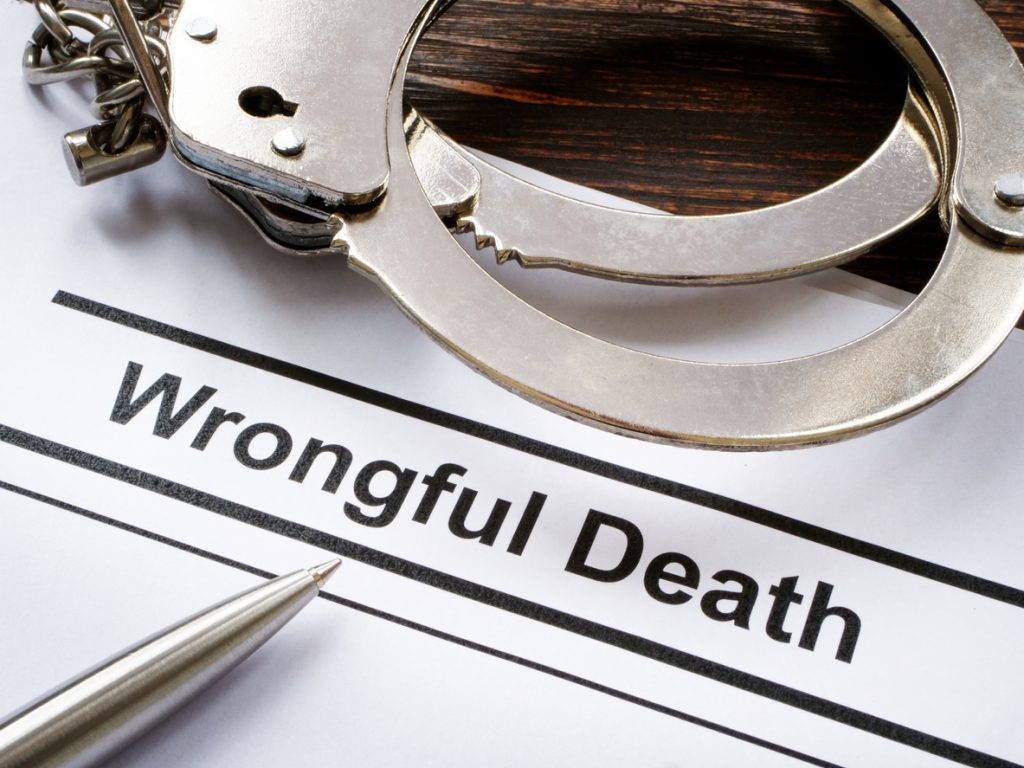Understand Your Rights. Solve Your Legal Problems


When an individual negligently or knowingly causes the death of another person, their surviving family members may have recourse to legal action against them in the form of a wrongful death lawsuit. This is a type of civil action brought by the family of the deceased and can arise as a result of a car accident, medical malpractice, defective product, workplace accident, and other type of preventable injury or incident. If their claim is successful, they may be compensated for their losses in matters such as lost wages, medical expenses of the deceased, burial and funeral costs, loss of consortium and more.
When filing a wrongful death claim, plaintiffs need to be aware of potential defences that may apply to the facts, which could minimize or mitigate the defendant’s liability. In this article, we will explore some common defences employed in wrongful death cases which may reduce or preclude the amount of compensation a plaintiff receives.
Each state prescribes a legal time limit within which a wrongful claim must be made. This may range from between two to six years from when the incident that injured the victim took place or from the date of their death. In some cases, it may begin from the date the injury was, or reasonably should have been, discovered.
Family members looking to file a wrongful death claim must do so within the correct periods to avoid forfeiting their claim altogether. For more information on the applicable time limit for filing a claim in New York, contact this personal injury law firm.
For the defendant to be held liable in a wrongful death claim, there must be a direct link between their actions or omissions and the victim’s death. In some cases, this causal link can easily be proved. This is known as ‘actual cause’ and refers to situations where there is clear evidence that the defendant’s actions caused the victim’s death, such as when a truck collides with a car, killing the driver instantly.
However, in some cases, other factors may have been involved making the case less clear-cut. Unless it can be proven that the defendant’s actions were a substantial factor or ‘proximate cause’ of the accident or death, the plaintiff may fail to prove the necessary element of causation needed to succeed in their claim. This will typically require witness testimony from experts in fields relevant to the case.
This is an affirmative defence, meaning it is up to the defendant to present evidence in support of it. Here, the defendant may argue that the deceased knew the risks involved in engaging in a particular action and accepted responsibility for the potential consequences.
For example, it may be argued that a skier who fatally injures themselves on the slopes assumed the risks associated with the sport by voluntarily undertaking it. As a result, the assumption of risk defence may be employed by the defendant, asserting that a wrongful death claim brought by the surviving family members against the ski resort should be denied.
Understanding the potential defences that may be raised in a wrongful death claim can help plaintiffs build a strong and successful claim.






